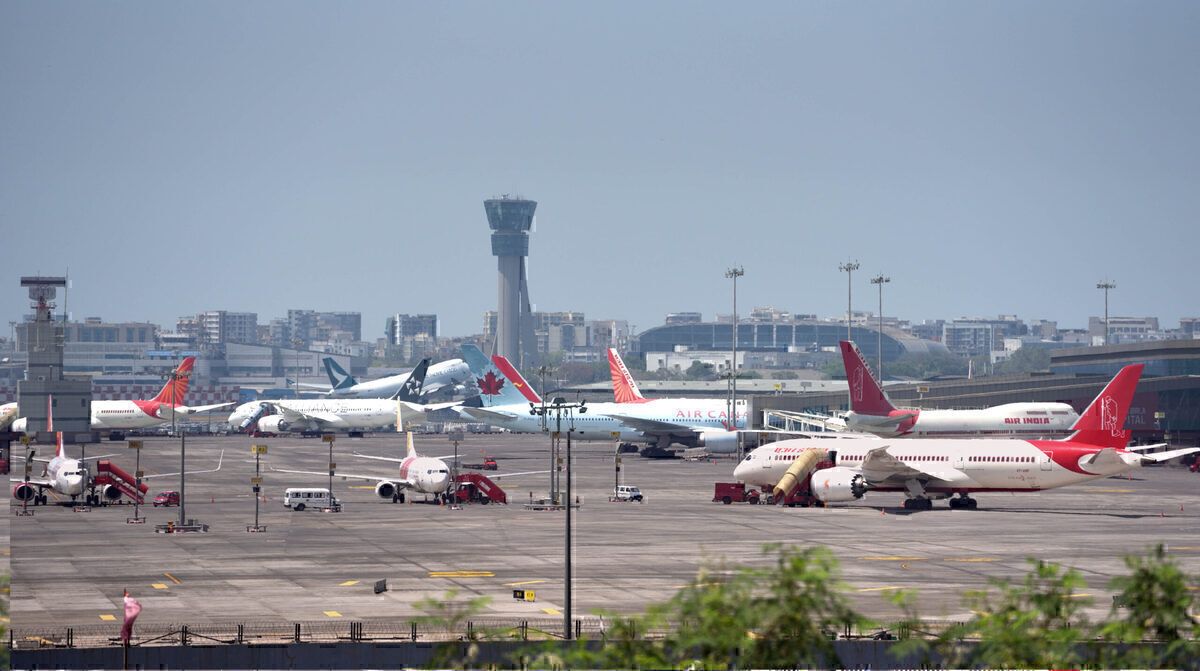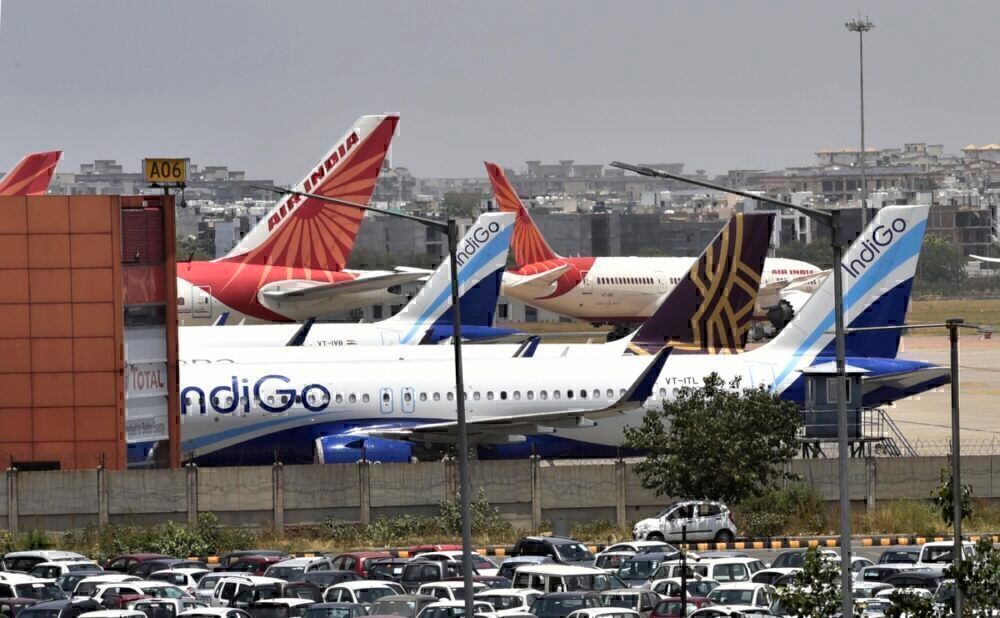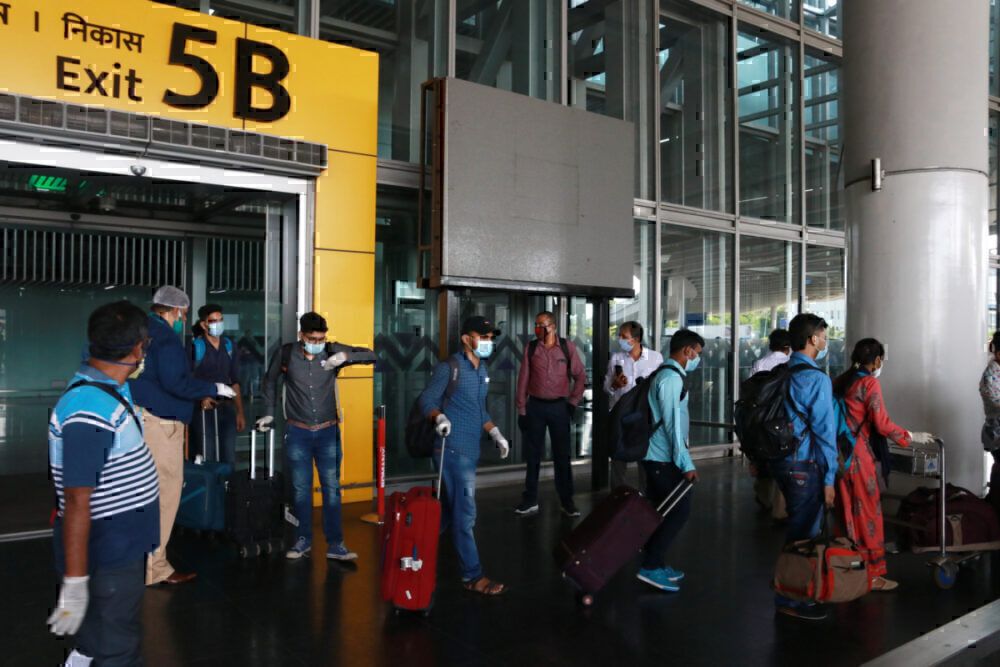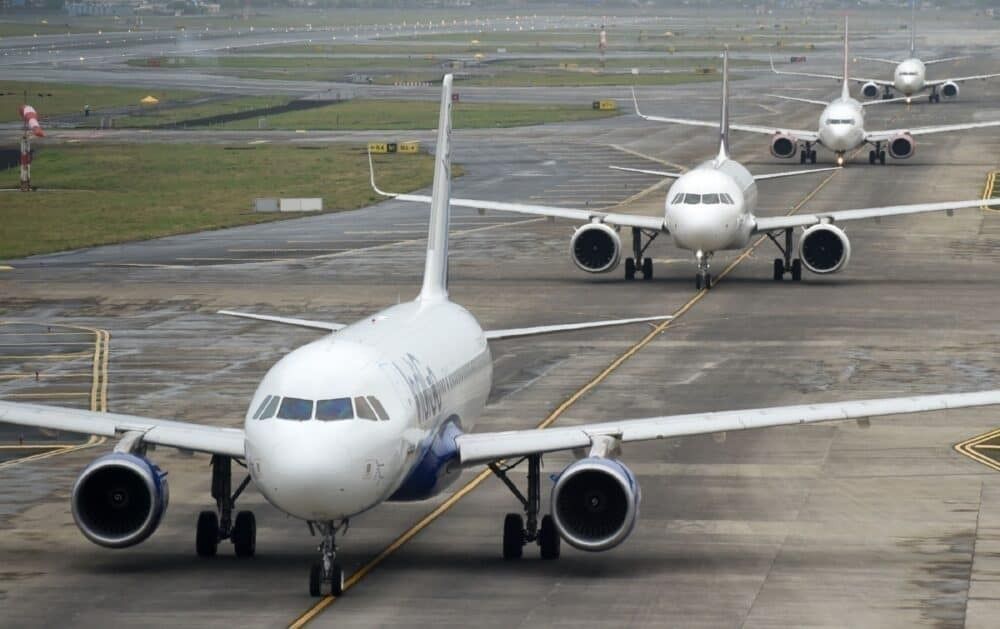While India's domestic market continues to recover, the possibility of a second wave looms over the industry. As we've seen in Europe, a second wave could halt the aviation industry once again as it did in April. So how would Indian airlines be impacted by a second wave of infections?
Difficult first wave
India quickly responded to its first COVID-19 cases by enacting a national lockdown and banning all domestic flights. Flights restarted in mid-May and have seen a gradual recovery, with passenger numbers reaching 50% of pre-pandemic levels. International flights, however, remain few, restricting the wider passenger recovery.
Stay informed: Sign up for our daily aviation news digest.
While no airline went into bankruptcy, nearly every carrier reported huge financial losses for the second quarter due to the lack of flights. Cargo flights did offer some revenue, but only one airline had a dedicated cargo fleet to take full advantage of the market. It's clear any sudden measures would only harm aviation further.
It's unlikely the government would enact such a lockdown considering the impact it had on the wider economy. However, it could place restrictions on the number of domestic and international flights, as individual states have done in the past as well. A full grounding of flights could push airlines over the financial edge a second time around.
Second wave impact
The immediate impact of a second wave would be on passenger confidence, with many opting not to fly if cases surge across the country. No Indian airline offers blocked middle seats but most do sell the middle seat at a lower price. A second wave could halt any further growth of domestic travelers and even increase cancelations.
It should be noted that Indian passenger numbers have proven remarkably resilient to a surge in cases. Even at the peak of cases in September, over 100,000 domestic travelers flew every day, which means the second wave would have to quite substantial to drop passenger numbers significantly.
The biggest impact will be if individual states begin adding quarantine or testing requirements or restricting total flights. The state of West Bengal (home of Kolkata) has long restricted flights from high-risk cities, such as Delhi and Mumbai, impacting domestic traffic. If other states follow such a lead it could result in trouble for passengers and airlines alike.
How close are we?
India only recently started seeing its cases fall after months of exponential growth, meaning a second wave is not imminent. However, as we have seen globally, cases can rise very quickly and some cities such as Delhi continue to see high cases. While airlines don't have much to worry about right now, the current drop in cases could reverse quickly.
The next few months will tell us if a second wave is coming and what the impact of it will be on air travel. Despite India's resilient domestic growth, a second wave will prove very difficult for airlines to face with assistance.




